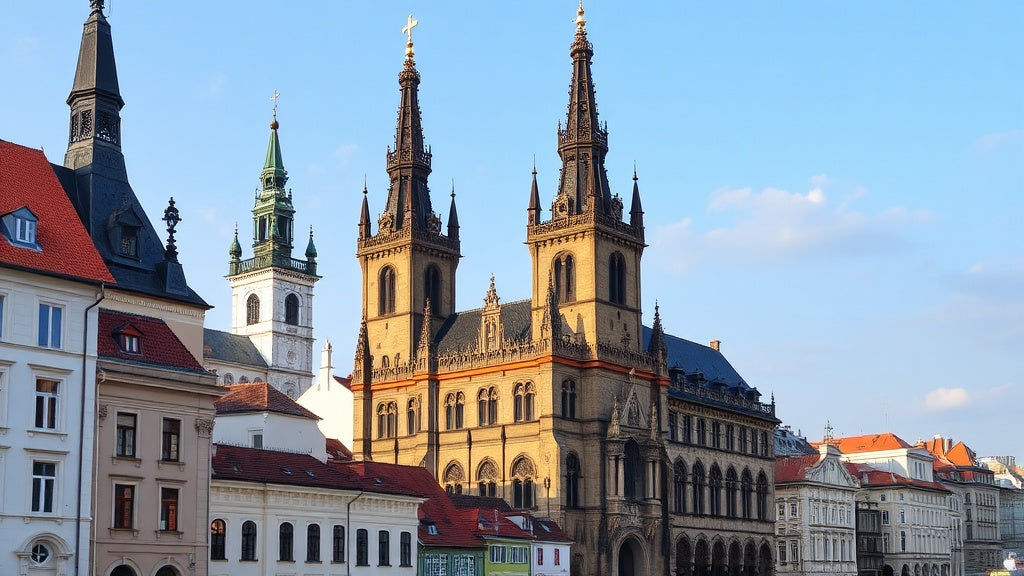
Las Vegas Hotels and Casinos: A Journey Through Themes and Corporate Takeovers
, by Unboxify, 3 min reading time

, by Unboxify, 3 min reading time
When you visit Las Vegas, you will have the impression that there are countless hotels and casinos competing for your attention. Consider this area, for example, on the southern edge of The Strip.
There's The Excalibur Hotel which appears as a Medieval castle, then there is The Luxor with an ancient Egyptian theme and a pyramid main building, and there's The Mandalay Bay Resort which focuses on opulence with its gold-colored glass facade. But anyone who chooses The Luxor Hotel and is roaming through the casino and the various shops might suddenly find themselves inside one of the other two casinos. That is because all three casinos are connected by indoor walkways. You can stroll back and forth between the hotels without stepping outside.
A similar walkway can be found between The Horseshoe Hotel and The Paris Hotel, both located roughly in the middle of the Las Vegas Strip.
Both The Horseshoe and The Paris belong to the same parent company, Caesars Entertainment, and the three other hotels—Luxor, Mandalay Bay, and Excalibur—belong to MGM Resorts International. The probability that your hotel belongs to one of these two companies is high since more than half of the casinos on The Strip are now managed by one of these giants.
The current situation results from decades of mergers and acquisitions, and to this day the battle for Las Vegas is still ongoing. Let's look back at the year 1989, the year The Mirage Hotel opened in Las Vegas.
The Mirage became an instant success due to its popular artificial volcano attraction and the hotel's magic show by Siegfried & Roy, kickstarting an era of construction boom and acquisitions. Fast forward, companies like Circus Circus Enterprises, Promus Companies, and Bally Entertainment added multiple hotels and casinos to the strip, each enhancing their themes and experiences to attract visitors.
By 2000, companies like Park Place Entertainment and MGM Grand were acquiring establishments and increasing their grasp over Las Vegas. By 2005, MGM Mirage took over Mandalay Resorts and later Harrah's took over Caesars Entertainment. These consolidations meant much of The Strip was controlled by these two companies.
Today, numerous casinos on the south end of The Strip are operated by MGM, while the middle of The Strip is firmly in the hands of Caesars Entertainment. The loophole lies in realized assets and leasebacks handled by real estate companies.”
VICI Properties owns the land and buildings of hotels which are operated by their competitors like MGM. This split enabled asset management and growth while MGM Resorts could focus on operations.
Gambling corporations like MGM Resorts and Caesars Entertainment must also consider digital growth, including the sports betting market. These companies are global now, and Las Vegas is just a part of their portfolio.
The real battle today occurs on two fronts: operating business and real estate competition. The map of The Strip continues to evolve as companies like The Blackstone Group invest in properties such as The Bellagio and The Cosmopolitan.
The battle for Las Vegas has fundamentally changed and is now split between real estate competition and casino operations. The city that never sleeps continues to see fierce competition for control and market share, led by giants who fight on two fronts to own a piece of the world-famous Las Vegas Strip.






